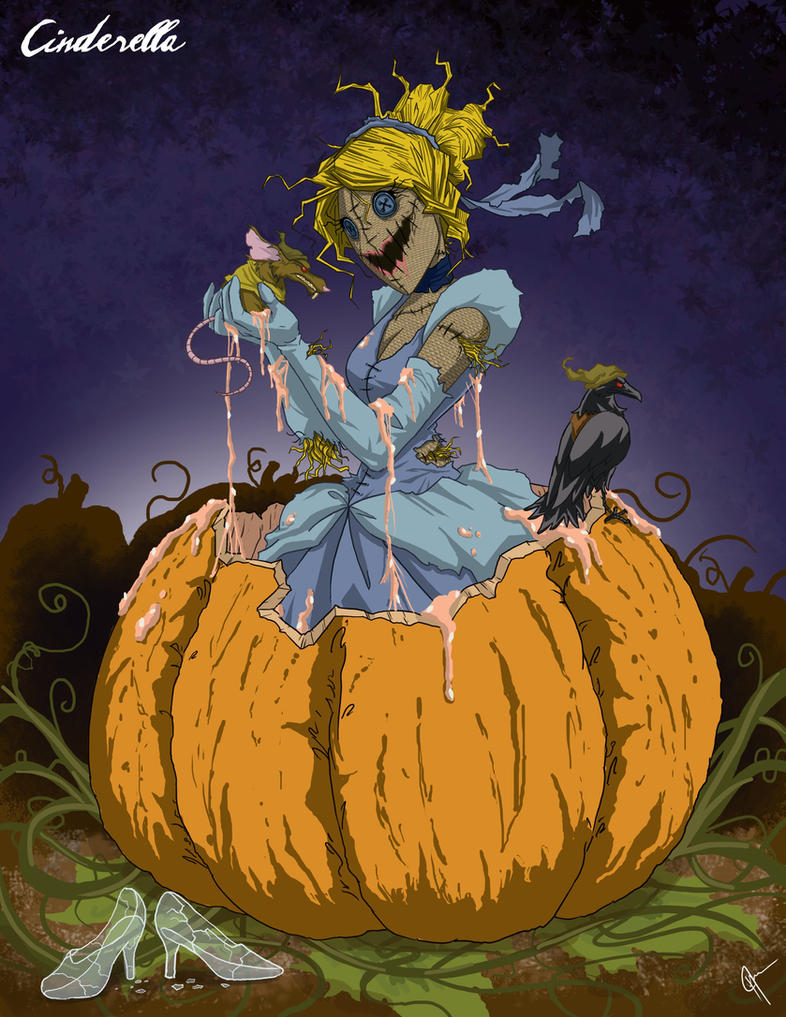http://www.americanarachnology.org/JoA_tocs/JOA_contents_v39n3.html
Shaw, E. M., S. P. Bennett & C. P. Wheater. 2011. Distribution of Brachypelma vagans (Theraphosidae) burrows and their characteristics in Belize over two years. Journal of Arachnology 39 (3): 515-518. doi: http://dx.doi.org/10.1636/P10-39.1
Abstract. To help to address the paucity of ecological knowledge available for Brachypelma vagans Ausserer 1875, a CITES protected species, we monitored a population in Western Belize for two years to provide data for distribution and dispersal. Despite previous over-collection for the pet trade, the species is locally highly abundant in some areas of Belize. We recorded the distribution, burrow and spider characteristics of B. vagans in 2007 and 2008 at Las Cuevas Research Station, Belize. Population dynamics were compared between years, as was individual location. Over 100 burrows were located in both years; however, previous assumptions that individuals do not move burrows regularly appear negated, since only 12 burrow locations matched between years, suggesting high intra-habitat dispersal. Despite this apparent high level of movement burrows were significantly clumped, to a similar degree, in both years. This movement could be due to disturbances throughout the year, including flooding during the rainy season. Burrow size correlated with individual body size, except in a few juveniles that appear to have opportunistically claimed an empty burrow, accounting for some small animals found in large burrows.
Guadanucci, J. P. L. 2011. The genus Plesiophrictus Pocock and revalidation of Heterophrictus Pocock (Araneae: Theraphosidae). Journal of Arachnology 39 (3): 523-527. doi: http://dx.doi.org/10.1636/A10-53.1
Abstract. The genus Plesiophrictus is diagnosed and redescribed based on type material and additional specimens. The type species P. millardi (Pocock 1899) is redescribed. The genus Heterophrictus is revalidated, with H. milleti as type species. Heterophrictus differs from Plesiophrictus by the absence of serrula on maxillae and by having a rastellum on the chelicerae and stiff, spike-shaped setae on the prolateral coxae I. The significance of characters used in the taxonomy of both genera is discussed.
Fukushima, C. S., F. Pérez-Miles & R. Bertani. 2011. On the Avicularia (Araneae: Theraphosidae: Aviculariinae) species from Uruguay. Journal of Arachnology 39 (3) :528-532. doi: http://dx.doi.org/10.1636/A10-12.1
Abstract. The taxonomic status of four species of Avicularia Lamarck 1818 described from Uruguay: Avicularia anthracina (C.L. Koch 1842), Avicularia alticeps (Keyserling 1878), Avicularia parva (Keyserling 1878) and Avicularia tigrina (Pocock 1903) is discussed. The holotypes and/or original descriptions of these species were examined, and two taxonomic synonymies are needed, which are presented herein. Avicularia anthracina is transferred to Grammostola, resulting in Grammostola anthracina (C.L. Koch 1842) new combination and is considered a senior synonym of Grammostola mollicoma Ausserer 1875 new synonymy. Likewise, Avicularia parva is transferred to Catumiri Guadanucci 2004, where it is placed in the synonymy of Catumiri uruguayense Guadanucci 2004 new synonymy. Avicularia tigrina and Avicularia alticeps, originally described in the genera Ischnocolus Ausserer 1875 and Pterinopelma Pocock 1901, respectively, are herein considered nomina dubia since their types are presumed lost.
Monday, December 26, 2011
Wednesday, December 21, 2011
Boldog karácsonyt
Sok szeretettel kívánunk az Apropók blog nevében Boldog Karácsonyt minden kedves olvasónak.
Saturday, December 10, 2011
Hamupipőke
Aki ott volt az idei Pókásztalálkozón, és még emlékszik az előadásomra, az nagyjából sejtheti, hogy miről lesz szó. Hát azóta vannak új fejlemények. Addig is amíg nem írhatok róla (majd ha elfogadták a cikket), akkor majd fogok. :D






Címkék
Egzotikus pókok,
Saját kutatás
Subscribe to:
Posts (Atom)
